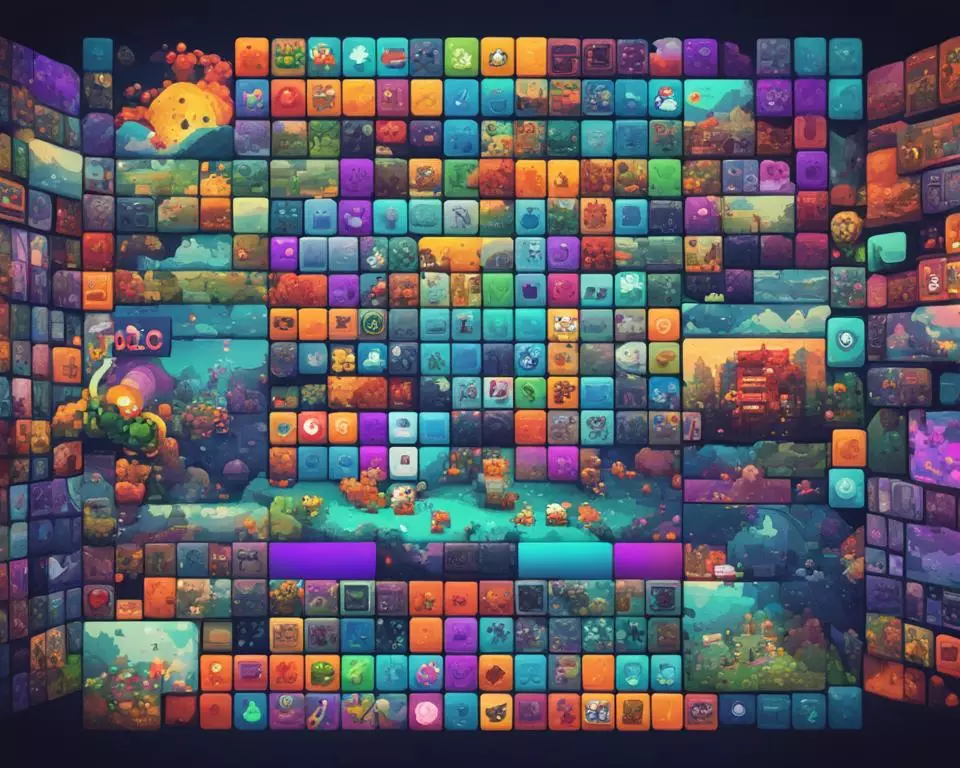Adverts
Photography is one of the most popular forms of visual expression and has a fascinating history that goes back many centuries. Cameras have constantly evolved, from the first camera obscura to modern mirrorless cameras. This text will present an overview of the evolution of cameras over the years. The evolution from obscura cameras to mirrorless.
The invention of the camera obscura
The camera obscura was the first camera invented in the 11th century. This equipment was used to project images onto walls, and consisted of a closed box with a small hole on one side.
Adverts
first cameras
In the 19th century, the first cameras using glass plates began to appear. These machines allowed the capture of images with more precision and sharpness.

Development of photographic film
Photographic film was developed at the end of the 19th century, replacing glass plates. This material allowed capturing images in a more practical and accessible way.
Adverts
compact cameras
In the 1920s, the first compact cameras began to be manufactured, becoming popular in the 1950s. These cameras had a more portable and lightweight design, allowing people to capture images anywhere.
medium format cameras
Medium format cameras emerged in the 1930s, and were mainly used by professional photographers. These machines allowed the capture of images in a larger size than conventional cameras.
DSLR cameras
DSLR cameras emerged in the 1990s and revolutionized the way images ended up being captured. These machines had advanced features such as interchangeable lenses and greater control over exposure settings.
Emergence of digital cameras
With the advancement of technology and the miniaturization of electronic components, the first digital cameras began to appear in the 2000s. This equipment replaced analog cameras, allowing the storage of images in digital files and the immediate visualization of the photos taken.
See too:
Popularity of smartphones with camera
With the evolution of mobile phones, cameras have also become an important feature of these devices. From the end of the 2000s, smartphones began to come equipped with increasingly advanced cameras, allowing the capture of high-resolution photos and videos.
Rise of mirrorless cameras
In recent years, mirrorless cameras have gained ground in the photographic market. Thus, these devices have an image capture system that is different from DSLR cameras, allowing a design
Innovations in sensor technology
More and more advanced image sensors end up being used in today's cameras, allowing the capture of photos with greater precision and detail.
connectivity
So today's cameras are increasingly connected, allowing instant photo sharing on social networks, cloud storage and even direct printing.
Increased Accessibility
But with the advancement of technology, high quality cameras are becoming more and more affordable, allowing more people to capture important moments and express their creativity through photography.
Conclusion
Over the years, the evolution of technology has transformed cameras into devices that are very different from the old models. The digitization and miniaturization of cameras has made photography more accessible and convenient, thus allowing people to capture and share important moments in real time. Thus the evolution of cameras obscuras to mirrorless. But the increase in image quality, ease of use and the multitude of features available in modern cameras make photography an increasingly popular form of creative expression. Technology is sure to continue to shape the future of cameras, offering even more opportunities for amateur and professional photographers alike to capture the world around them.



